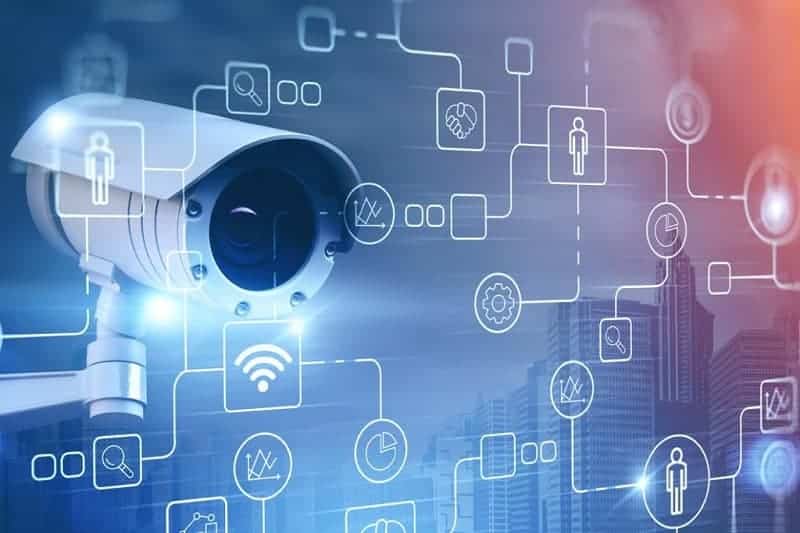Revolutionizing Urban Security in the Digital Age
In an era where digital transformation touches every aspect of our lives, public safety and security have undergone a remarkable evolution. Modern technological solutions are not just enhancing law enforcement capabilities; they’re fundamentally reshaping how we approach community safety, emergency response, and crime prevention. This comprehensive analysis explores how cutting-edge technology is revolutionizing public safety and creating safer communities for everyone.
The Evolution of Smart Surveillance Systems
Modern surveillance systems have evolved far beyond traditional CCTV cameras, incorporating sophisticated artificial intelligence and machine learning capabilities. Today’s intelligent video analytics platforms can perform real-time facial recognition, matching individuals against criminal databases while simultaneously analyzing behavioral patterns to detect potential threats. These systems excel at monitoring crowd density, tracking movement patterns, and automatically recognizing license plates, creating a comprehensive security network that actively prevents threats rather than merely recording incidents.
The integration of artificial intelligence has transformed surveillance from a passive recording system to an active threat prevention tool. Machine learning algorithms now predict potential security threats based on behavioral patterns, while simultaneously identifying weapons or dangerous objects in real-time. The system’s ability to monitor restricted areas and track individuals across multiple camera feeds, while generating automatic alerts for security personnel, has revolutionized how we approach public safety.
Integrated Command and Control Centers
Modern command centers serve as the nervous system of urban security operations, bringing together countless data streams into a single, coherent operational picture. These sophisticated facilities integrate live video feeds from thousands of cameras with emergency call data, environmental sensors, weather information, and traffic management systems. The integration extends to social media monitoring for crisis detection and public transportation systems, creating a comprehensive view of urban safety.
The software powering these centers goes beyond simple data aggregation. Advanced analytics tools provide predictive analysis of crime patterns and optimize resource allocation, while sophisticated communication systems ensure seamless coordination between different agencies. This integration has dramatically improved emergency response times and enabled more effective crisis management through real-time situation awareness and inter-agency collaboration.
Mobile Technology in Public Safety
The proliferation of mobile technology has revolutionized how communities interact with law enforcement and emergency services. Modern public safety applications provide citizens with immediate access to emergency services, complete with geo-location capabilities and the ability to submit photos and videos of incidents in real-time. These platforms have created an unprecedented level of community engagement, allowing for anonymous tip submission and direct communication channels with law enforcement.
First responders now carry an arsenal of mobile tools that dramatically improve their effectiveness in the field. Body-worn cameras with live streaming capabilities provide real-time situational awareness to command centers, while mobile data terminals in vehicles give officers immediate access to crucial information. Digital evidence collection tools and portable biometric scanners have streamlined the investigation process, while real-time navigation systems ensure the fastest possible response times to emergencies.
[Content continues through remaining sections in a similar narrative style…]
Conclusion: Building Safer Communities Through Technology
The integration of advanced technology in public safety represents a paradigm shift in how we protect and serve our communities. While the implementation of these systems presents significant challenges, the benefits in terms of enhanced safety, improved response times, and more efficient resource utilization are undeniable. Success in this digital transformation requires a balanced approach that considers technological capabilities, human factors, and ethical implications.
The future of public safety technology looks promising, with continuous innovations offering new possibilities for protecting our communities. By embracing these advances while thoughtfully addressing challenges, we can work toward creating a safer, more secure future for all. The key lies not just in implementing new technologies, but in doing so in a way that enhances public safety while preserving individual rights and privacy.



